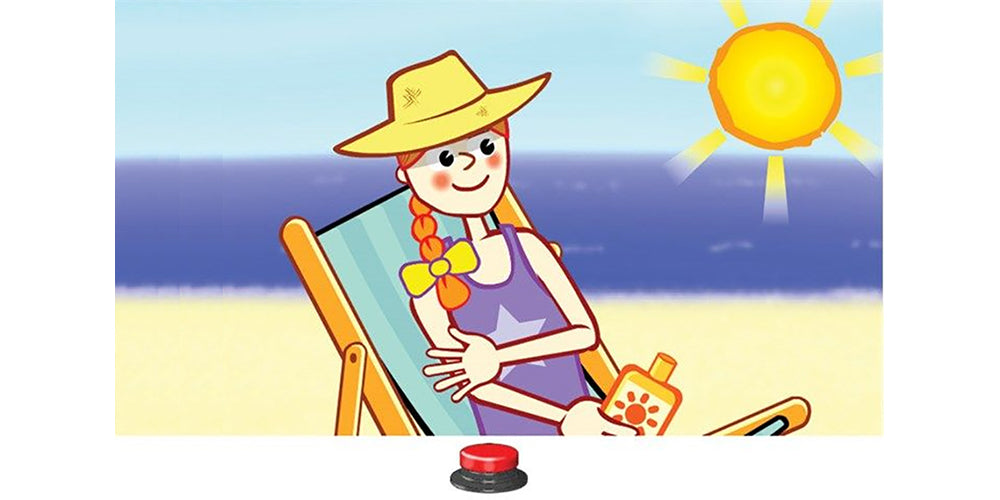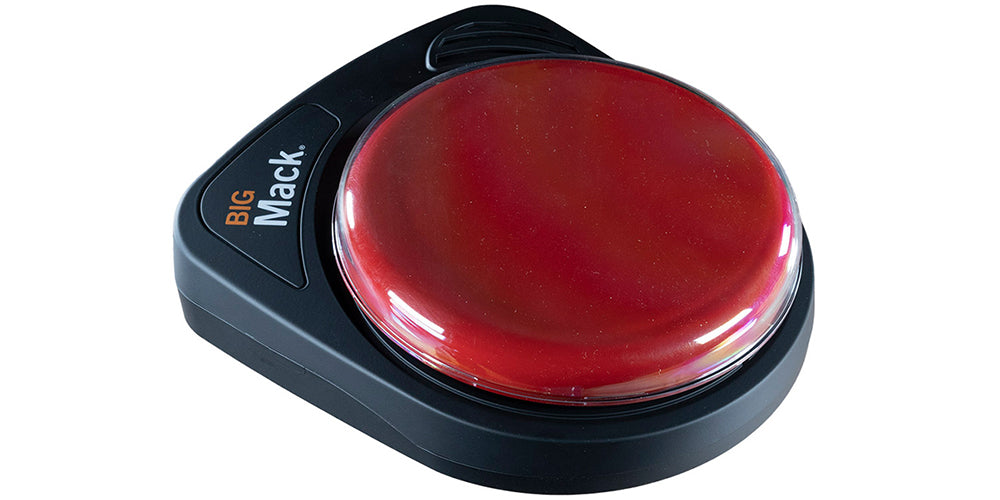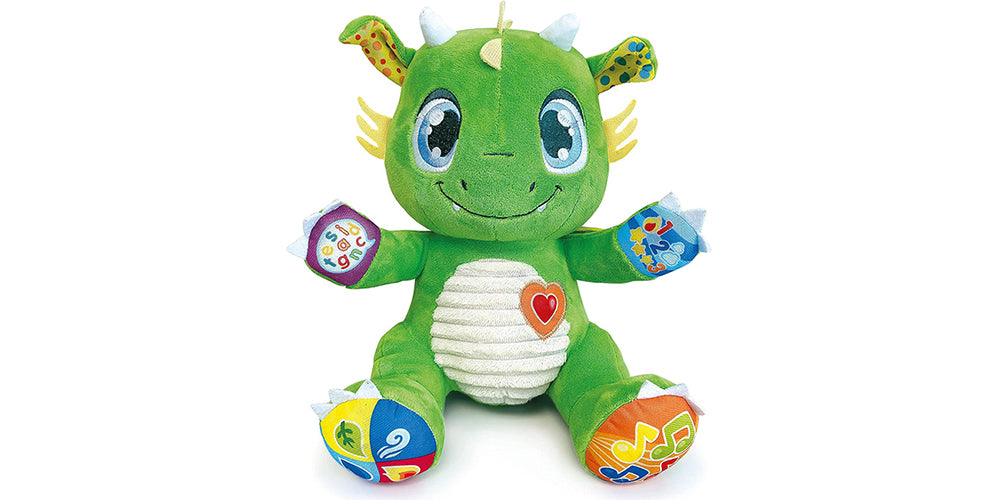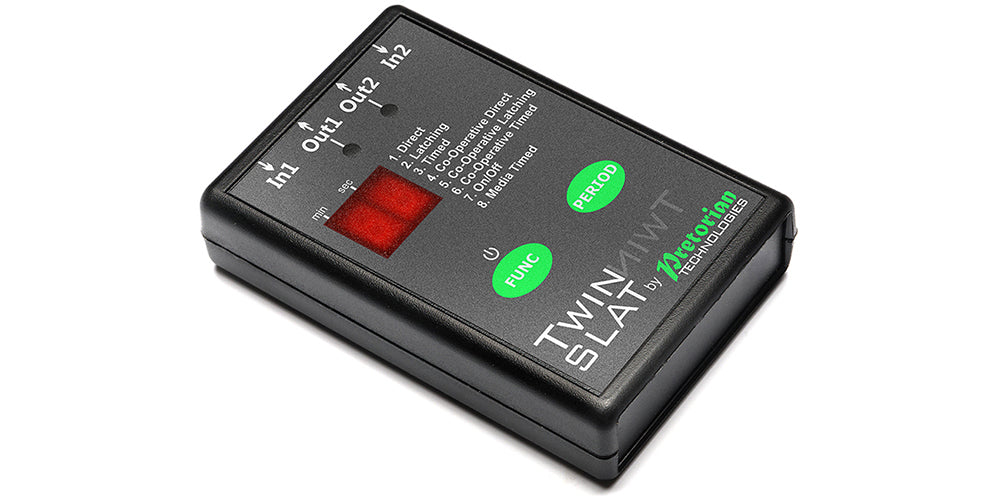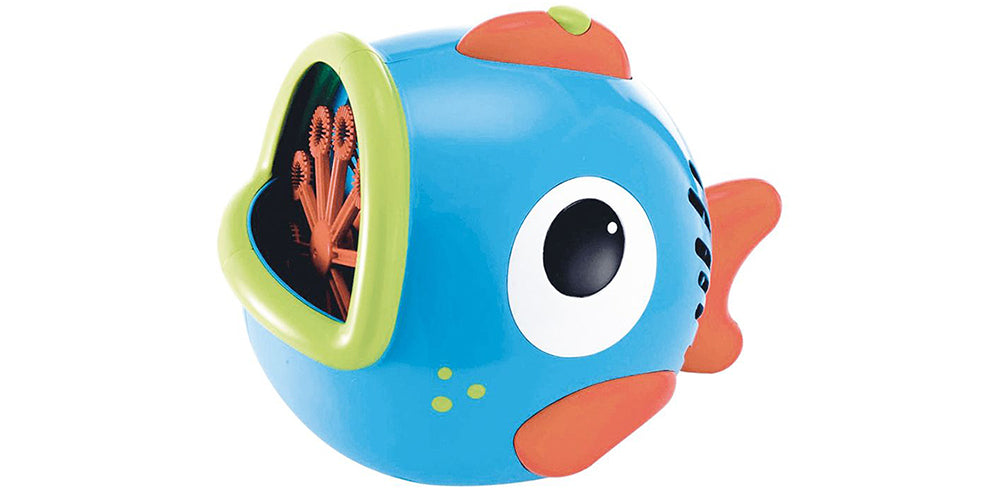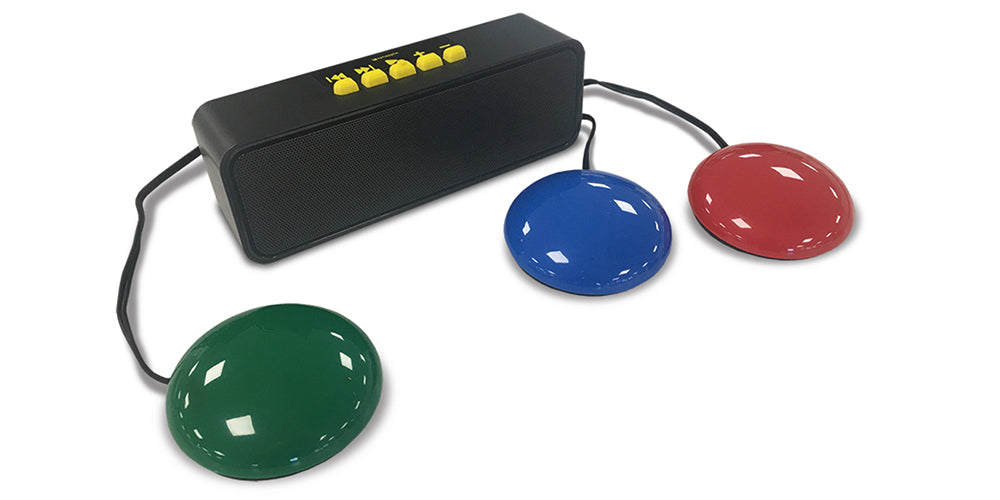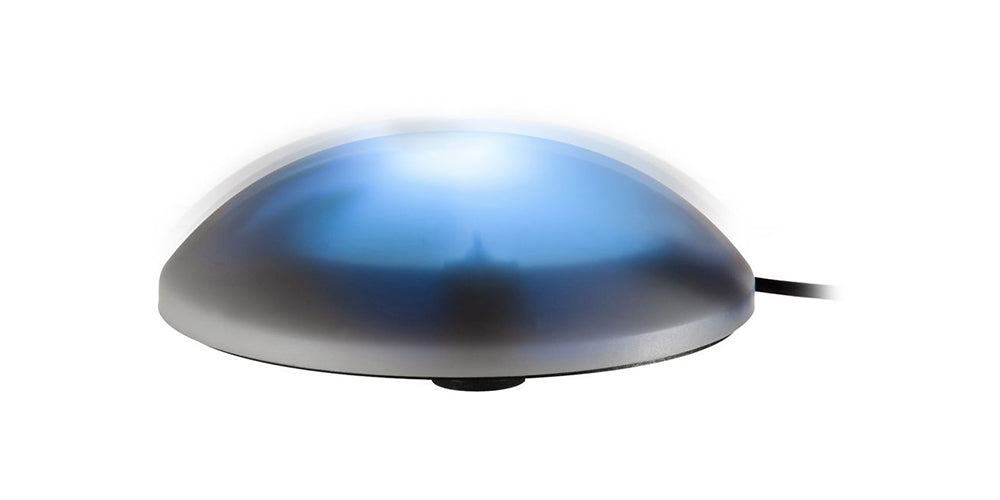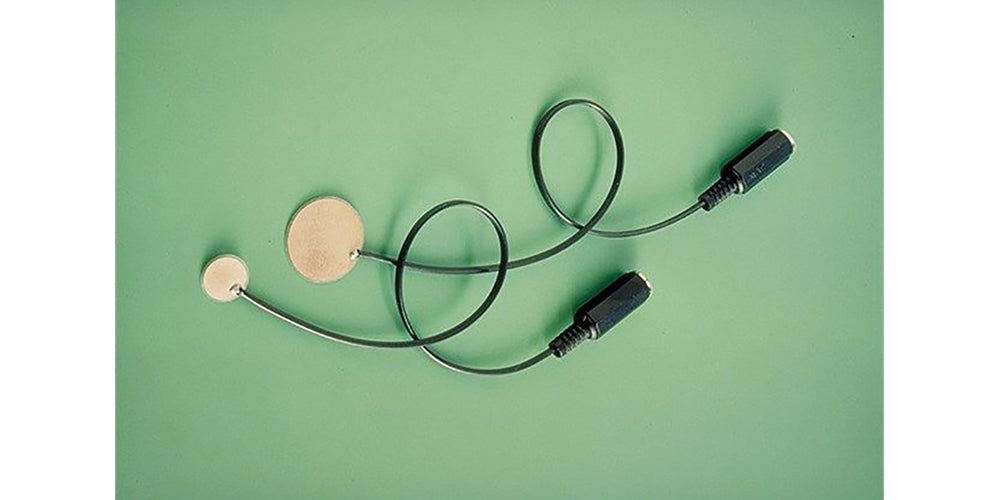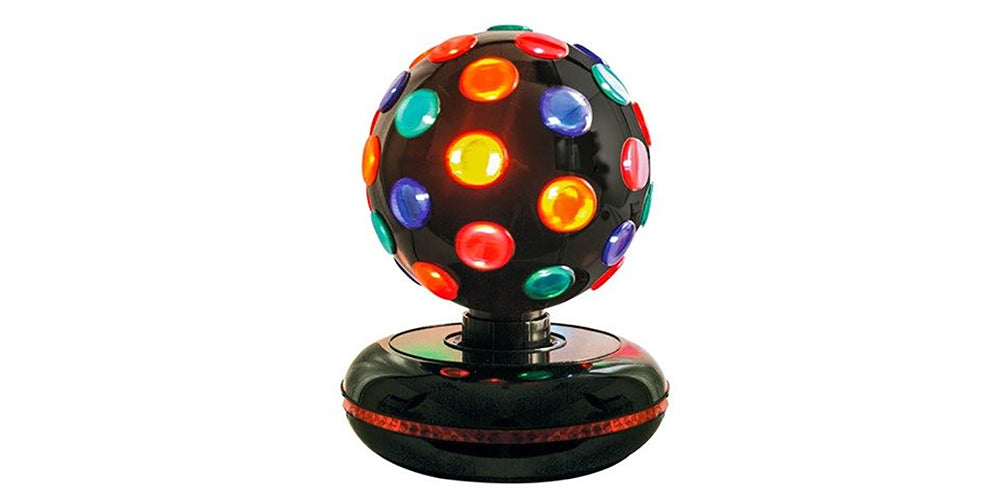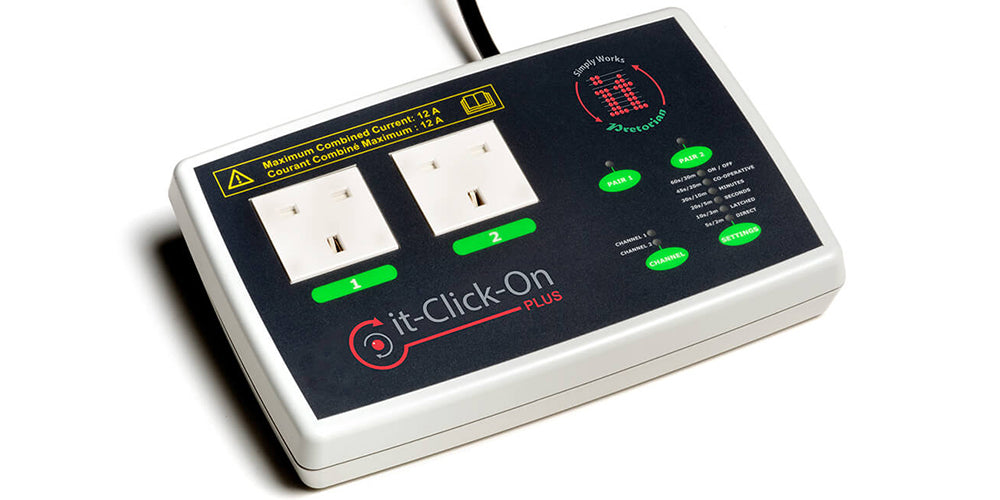Switch users need a wide range of learning materials to help develop their skills. These materials can also be used with a plasma screen or whiteboard, touch monitor or mouse.
1. Cause and Effect
First, the learner needs to be aware of the relationship between their switch press and the resulting reward. Some grasp this immediately; others need lots of practice with a variety of activities.
2. Switch Timing
Learning to press the switch at the right time is a very big step in switch operation. It requires the motor and cognitive skills to operate the switch and an understanding of the task.
3. Choosing
The next stage of switch control is selecting required items. This involves a scanning process controlled by one or two switches. It enables access to a wider range of curriculum material.

